“No mother and child should die due to the lack of essential equipment and supplies to timely identify and timely treat Sepsis.”
Today, Dr. Mariam Jashi addressed the 77th World Health Assembly, urging the global health community to prioritize the fight against sepsis.
This Constituency Statement addresses agenda item 11.7 and is supported by the following 5 Non-State Actors: Humatem, International College of Surgeons (ICS), International Federation of Hospital Engineering (IFHE), International League of Dermatological Societies (ILDS), and the Medical Women’s International Association (MWIA).
The Non-State Actors supporting the statement called for the UN Member States and the Secretariat to prioritize the prevention, early detection, and effective management of sepsis.
Despite progress, sepsis affects 26.2 million women and 20.3 million children every year.
Sepsis widens inequality gaps, as women and children living in poverty are at higher risk.
Without a reinvigorated response to sepsis, health-related Sustainable Development Goals for maternal, neonatal, and child health cannot be achieved.
Yet, sepsis remains almost invisible in the global health architecture. Sepsis receives disproportionally low political attention and financial investments compared to its human and economic burden.
When we rightly prioritize Antimicrobial Resistance, we have to remember that the 5 million AMR-related deaths are part of 13 million sepsis-related deaths.
Therefore, we call on the Member States to urgently prioritize sepsis as recommended by the World Health Assembly Resolution WHA70.7.
We specifically call for the development and implementation of national action plans and policies for sepsis.
We urgently call for evidence-based sepsis clinical pathways for pediatric and adult populations, with a special focus on perinatal care services to ensure safe motherhood practices.
No mother and child should die due to the lack of essential equipment and supplies to timely identify and timely treat sepsis. Diagnostic devices, live-saving antibiotics, oxygen, and treatment facilities for sepsis-related organ dysfunction should be universally accessible.
Sepsis literacy should be enhanced, and we shall further strengthen vaccination and water and sanitation practices as key elements of sepsis prevention.
Finally, public and private stakeholders should prioritize research and development for better quantity and quality of data, and novel solutions for prevention, early detection, and effective treatment of sepsis.










